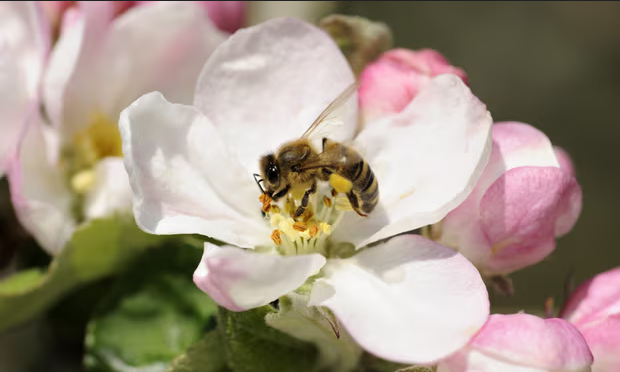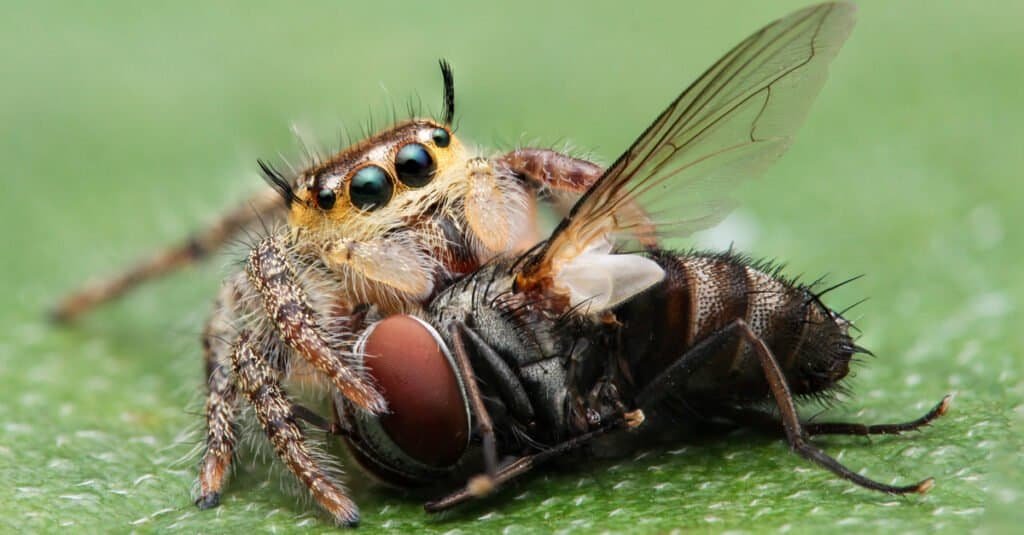The insect population is rapidly declining worldwide, with a 2 percent decrease each year, due to various factors such as climate change, pesticides, and habitat loss caused by human activities.

In a new study, researchers in France have discovered that flora, which typically depend on insects for pollination, are adapting to changes in the food chain by resorting to self-pollination. For instance, wildflowers in a farm meadow in the Paris area have been gradually adjusting to self-fertilization.
The researchers studied present-day field pansies (Viola arvensis) and compared them to field pansies grown from seeds collected between 1992 and 2001. They conducted various analyses to compare the two populations, including population genetics analysis, measuring physical traits of the plants, and observing bumblebee preferences for the flowers.

From their analysis, researchers found that today’s field pansies have increased self-pollination by 27 percent — and also are smaller, make less nectar, and are less attractive to the bumblebees compared to pansies grown from ancestral seeds.
At first, the idea that plants can quickly adjust to having fewer insects seems positive. However, researchers warn that this tendency towards self-fertilization could worsen the decline of these insects, creating a harmful cycle.
This is terrible for a whole host of reasons. Insects are a major food source for many larger animals such as frogs, birds, and other fauna. They’re also integral to the process of decomposition, like how flies or dung beetles process waste.

Additionally, the pollination of important fruit crops is dependent on insects, and it would require significant scientific effort to genetically modify them to be capable of self-pollination.
Reference- The Guardian, Reuters, National Geographic, Journal New Phytologist,






